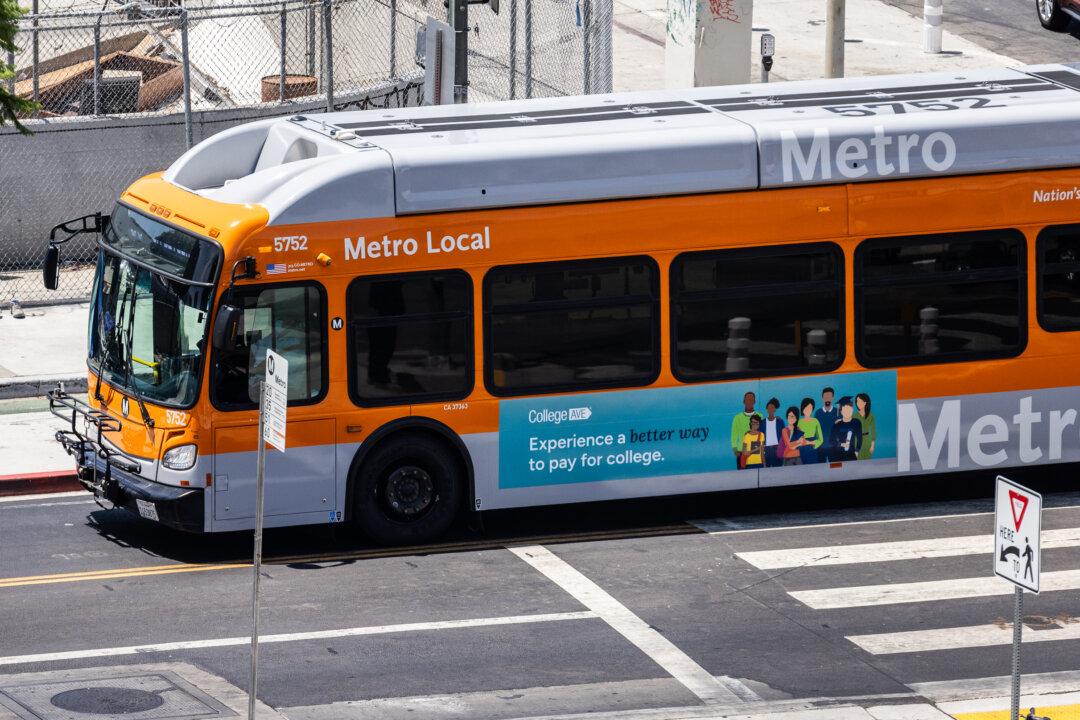Authorities on Sept. 27 identified a passenger who was fatally shot by a gunman during the hijacking of a Los Angeles Metro bus earlier this week.
The Los Angeles Police Department (LAPD) identified the man as Anthony Rivera, 48, of Los Angeles.

Authorities on Sept. 27 identified a passenger who was fatally shot by a gunman during the hijacking of a Los Angeles Metro bus earlier this week.